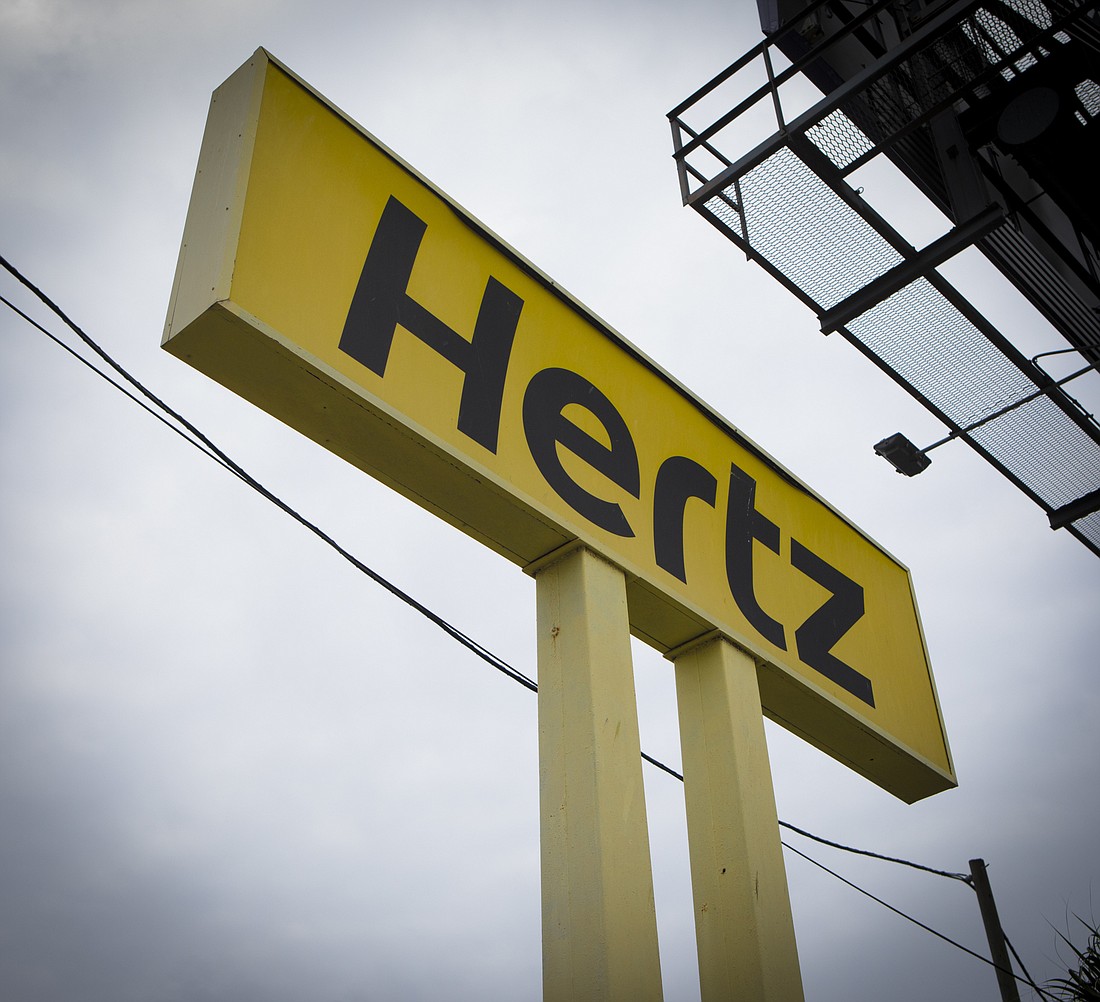- December 15, 2025
-
-
Loading

Loading

ESTERO—The Hertz Corp. exited bankruptcy Wednesday June 30 with $5.9 billion in capital, its debt load reduced by 80%, a new ticker symbol and a new board of directors that includes the former president and CEO of the Ford Motor Co.
The June 30 exit comes just over 13 months after the Lee County-based rent-a-car giant filed Chapter 11 to fight off creditors it was unable to pay because of a downturn caused by the pandemic.